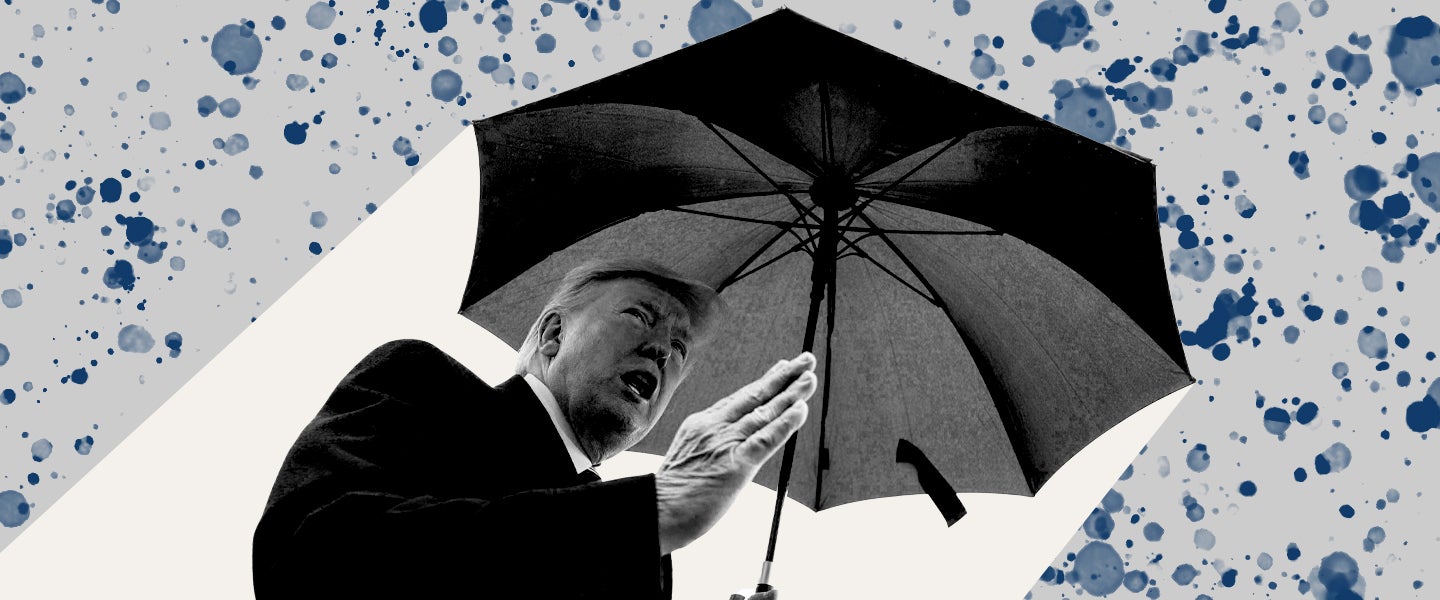America is in a mental health crisis right now, but it’s not the result of COVID-19 crumbling our way of life. The storm has been brewing for two decades, and perplexing public health officials all along. We’re dying less and less from things like heart disease, yet more and more from suicides and overdoses.
Before the pandemic, nearly one in five U.S. adults (or 47 million) reported having a mental illness in the past year, with more than 11 million reporting a serious condition that limits life activities. Depression and anxiety rates, which have been climbing upward since the Great Recession, are also high: Nearly 17 million adults and 3 million teens said they had a major depressive episode, with nearly a third of respondents saying they feel worried on a recurring basis. It makes tragic sense then that suicides, too, have been steadily rising for years — it’s now the 10th-biggest cause of death in the U.S., surpassing traffic accidents and murder.
It’s among this backdrop that President Donald Trump has been talking up the need to restart the economy and end the quarantines that have helped to massively flatten the curve, even as the death count continues to tick upward. He’s even implied that a bad economy could be more deadly than the pandemic flu itself. “People get tremendous anxiety and depression, and you have suicides over things like this when you have terrible economies,” Trump said recently. “You have death. Probably — and, I mean, definitely — would be in far greater numbers than the numbers that we’re talking about with regard to the virus.”
To his point, some experts are warning that an increase in suicides and harmful behavior will be a consequence of the pandemic, and specifically of social isolation. We saw it happen during the Great Depression, certainly. But the awful irony in all his talk is that Trump hasn’t done anything to help improve mental health in America — and he’s especially failed the poor white working class that he effectively courted on the campaign trail with promises of greatness and prosperity.
Anne Case and Angus Deaton, economists at Princeton University, have chronicled the rise of “deaths of despair” — deaths by suicide, alcohol poisoning, drug overdoses and liver disease — in America since the turn of the 21st century. The takeaways are bleak: Federal data shows that such deaths have doubled since 1999, passing 150,000 deaths in 2017. The research shows a disproportionate impact on white men and women without a college degree, and Appalachia remains a hotspot of the crisis. This doesn’t minimize the struggles of Black and brown people who continue to face crushing economic inequality and systemic barriers to wealth. Case argues, in fact, that it’s all part of a continuum that shows “capitalism and democracy are no longer working for Americans without a B.A.,” thanks to globalization, automation and increasingly expensive health care that also exacerbates financial insecurity.
But to me, the impact of “deaths of despair” on white Americans proves a dark point about Trump’s empty words. We’ve known for a long time that fixing the drug-overdose epidemic means reforming criminal justice and health care, not just cracking down on suppliers, yet American leaders (including Trump) choose to continue a failed war on drugs. Meanwhile, Trump has also cut the federal budget on mental health care and has offered no pandemic-specific ideas or funding to prevent suicides and drug overdoses. The idea that any of this could be fixed by hustling people back into the workplace, with uncertain protections and little oversight on employers, is a con. There’s plenty of evidence that reopening the economy too fast could actually hurt our long-term economic future, for starters. And you can tell whether a claim is in good faith by looking at the work being put into it — and that’s none when it comes to Trump and mental health.
The sad thing, of course, is that the answer to the question has always been right in front of us. “If we had easier and more affordable access to high-quality, evidence-based physical and mental health care, many, many fewer people would die, and it would also reduce the stigma toward seeking treatment for a lot of the problems that fall into the bucket of deaths of despair,” Jeremiah Goulka, a researcher for the Justice Action Lab at the Northeastern University School of Law, told Newsweek.
And while we do need mental health reform to properly patch the safety net, there’s so much that can already be done within the limits of the system we have right now, Dr. Adriana Panayi argues in Scientific American. Targeted checkups with people who have mental health diagnoses and the elderly could help trigger an intervention before suicidal ideation sets in, while proactive mental health programs specially designed for the traumas of COVID could help regulate the rising stress across communities today.
But right now, none of this exists. Some of our leaders want us to believe that the faster things get back to “normal,” the better our national mood will be. They don’t seem to realize we’re stuck with the same uncertain status quo that’s been fueling these deaths all along.

